Daily Update 3.5
Week 6: Module 3: Date 3/5/13
Last week we learned a bit about the scientific data that the JRH has been collecting. This week we are going to shift our focus from the science data and focus more on the biology of the ocean that the crew has experienced.
We are going to start this exploration with a look at Sargassum and its beneficiaries including the Sargassum Fish (Histro histrio).
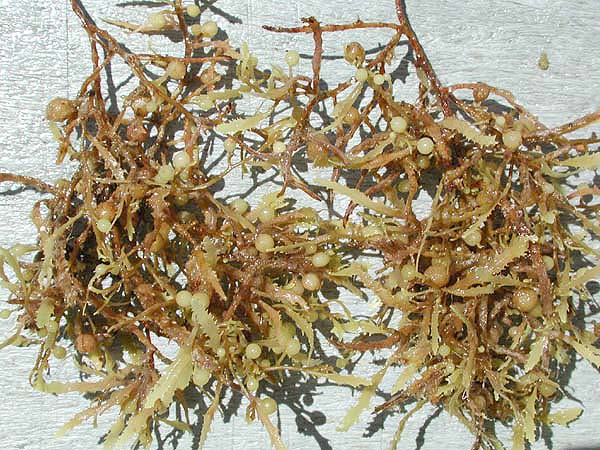
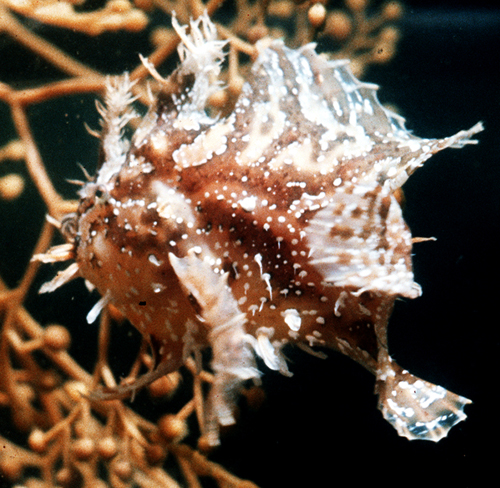
Sargassum is a genus that has a multitude of species, but is usually just referred to as Sargassum. Sargassum is a brown green seaweed that lives mainly in subtropical waters. It is often found floating in large island like mats. Sargassum can grow to several meters in length.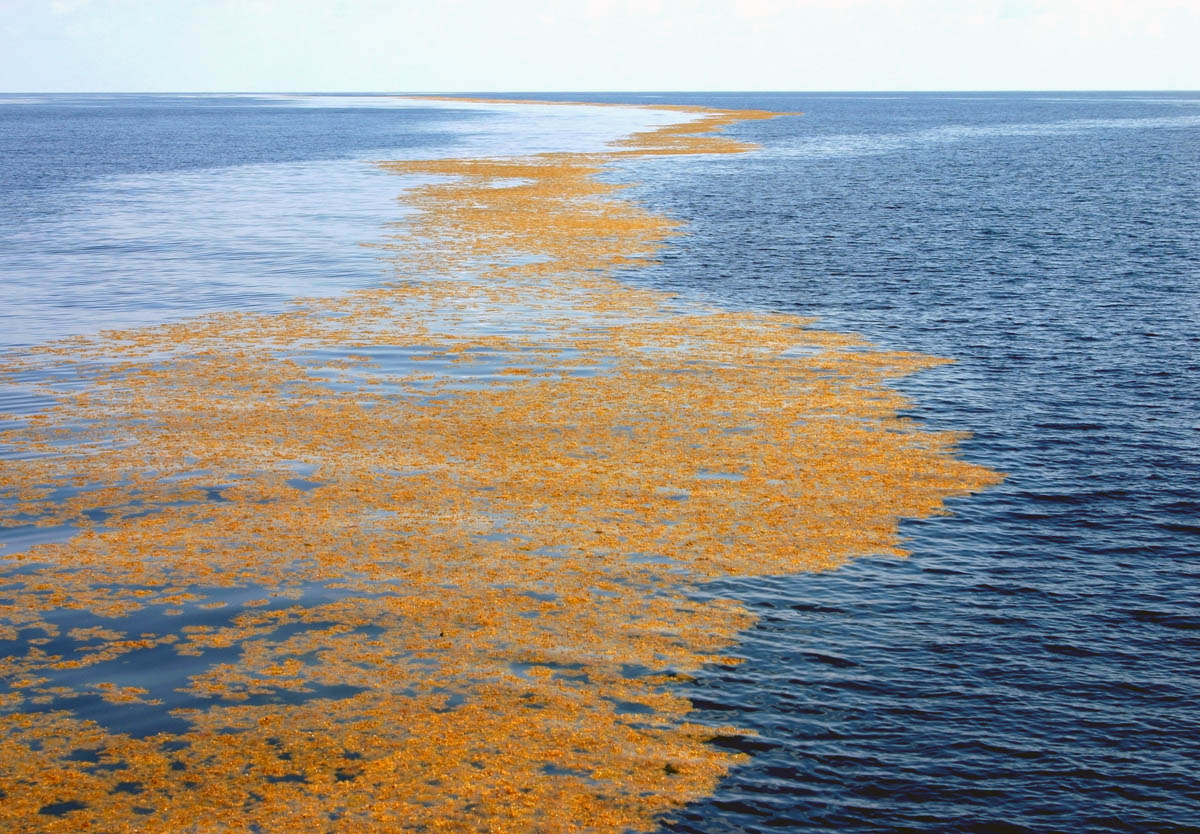
This free floating Sargassum is very prevalent in the Atlantic. In fact, a section of the Atlantic is known as the Sargasso Sea, due to the abundant nature of this seaweed. 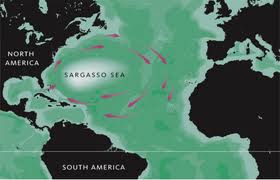
The thick mats that the Sargassum forms creates a habitat that is diverse and many animals have adapted to live within these mats. One of these is the Sargassum Fish, this fish has a multitude of adaptations that make Sargassum an ideal home for it. 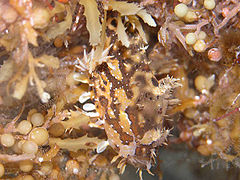
The first of these adaptations is its color. Can you tell where the fish ends and the Sargassum begins? If you have difficulty with that think of its predators. It is also capable of changing color rapidly from light to dark and back. Color is only one of the many ways that makes this fish a fairly amazing species. Its pectoral fins are actually prehensile (able to grip), and it uses these to help move through the Sargassum. One of the coolest adaptations of this fish is its way of capturing prey. It stalks its prey, usually shrimp and other small fish including its own species, and then when in striking distance it opens its mouth so fast that it creates a suction force and the animal is sucked into its mouth. This amazing fish is also capable of jumping out of the water and landing on the surface of the seaweed in order to avoid predators.
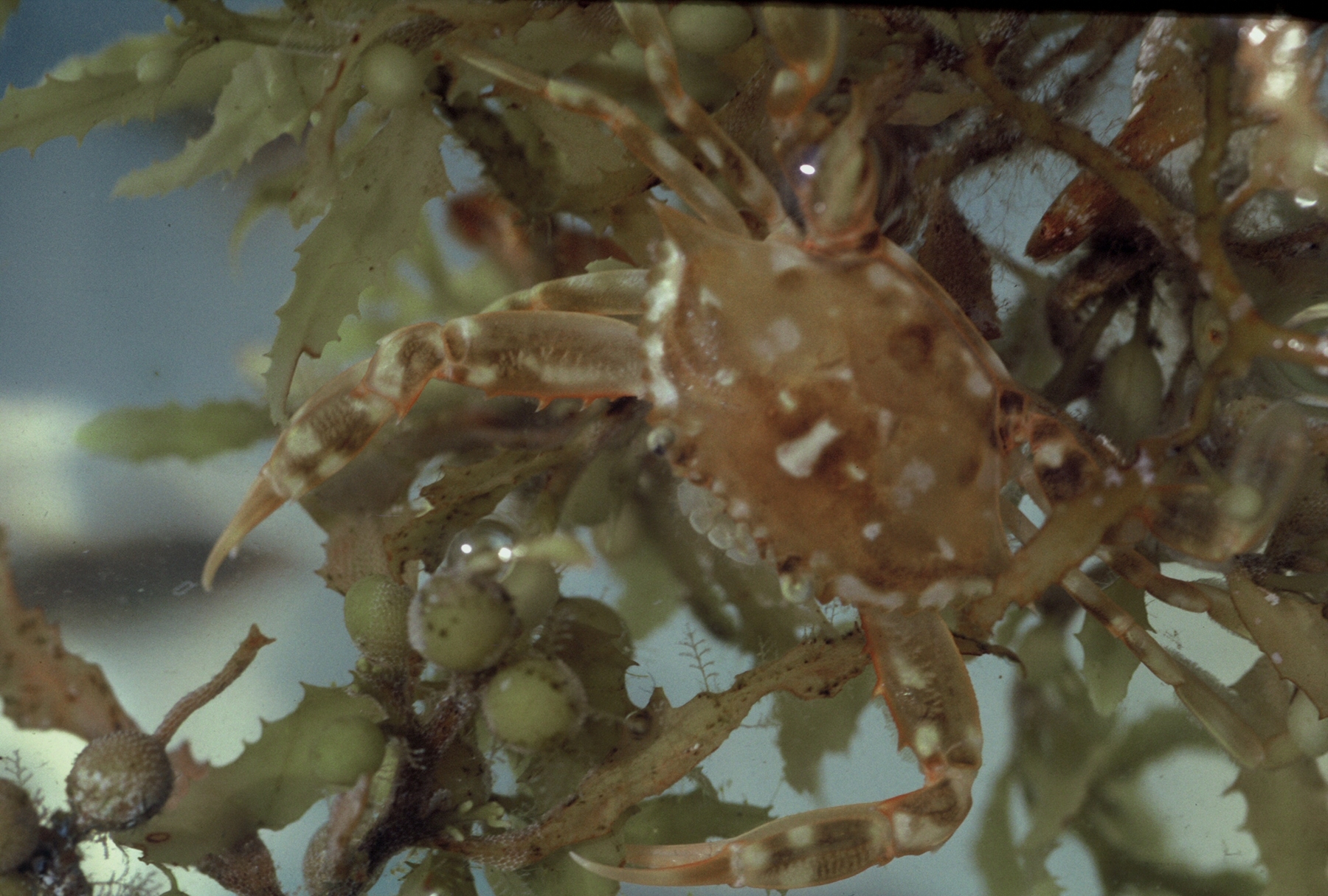
The floating Sargassum mats are home to many other species including the Sargassum crab.
The species that rely on Sargassum as habitat or hunting grounds are numerous. This is just one more example of the intricate workings of the ocean and one more reason we need to protect it.
Sources:
http://www.motygido.co.uk/bahamas_frogfish.htm
https://en.wikipedia.org/wiki/Sargassum
http://www.flmnh.ufl.edu/fish/gallery/descript/sargassumfish/sargassumfish.html
